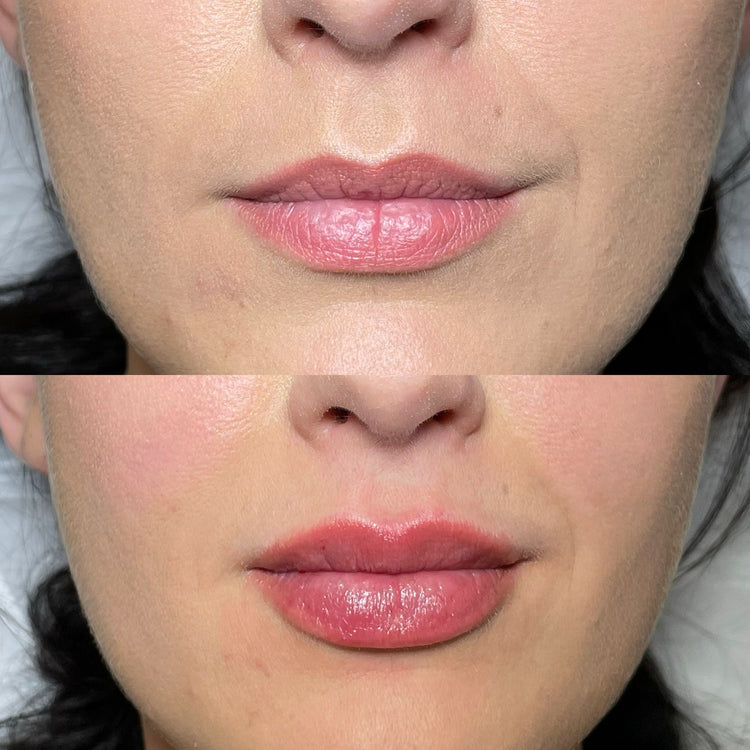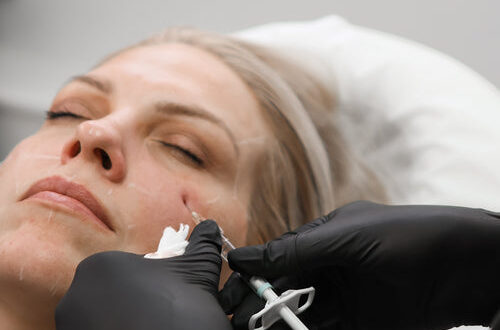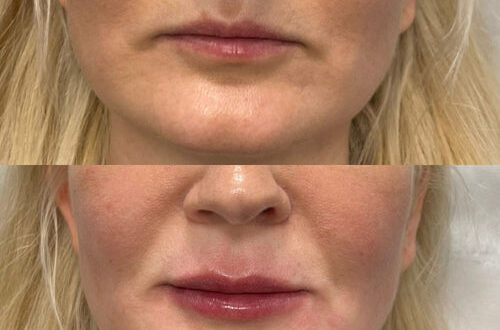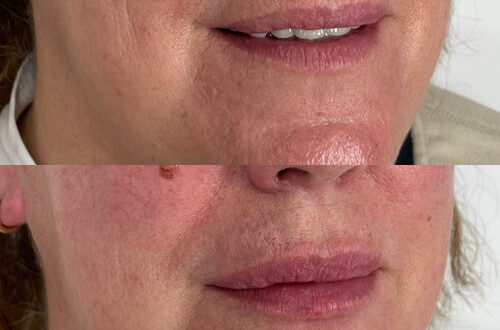Types of Dermal Fillers
Dermal fillers are popular treatments used to smooth wrinkles, add volume to areas like lips and cheeks, and enhance facial contours. These injectable substances are made from various materials, with hyaluronic acid being the most common. Other types of fillers include poly-L-lactic acid (PLLA), calcium hydroxylapatite, and collagen.
Hyaluronic Acid Fillers
Hyaluronic acid fillers are a type of dermal filler that attracts and retains water, plumping up the skin and smoothing out wrinkles. They are typically used to treat moderate to severe facial wrinkles, lip augmentation, and cheek enhancement. Hyaluronic acid is naturally present in the body, making it a well-tolerated and biocompatible option for dermal fillers.
Other types of dermal fillers include poly-L-lactic acid (PLLA) fillers, which stimulate collagen production to gradually increase volume over time; calcium hydroxylapatite fillers, which are used to add volume and definition to facial features; and collagen fillers, made from animal-derived collagen, that can be used to temporarily smooth wrinkles.
Calcium Hydroxylapatite Fillers
Calcium hydroxylapatite (CaHA) fillers are a type of dermal filler composed of tiny calcium phosphate crystals suspended in a gel.
These crystals act as scaffolding for new collagen growth, gradually enhancing volume and restoring facial contours. CaHA fillers are often used to treat moderate to severe wrinkles, nasolabial folds (laugh lines), and facial depressions. They can also be used to enhance the shape of the cheeks, jawline, and chin.

Poly-L Lactic Acid Fillers
Poly-L lactic acid (PLLA) fillers are a unique type of dermal filler that work differently than hyaluronic acid fillers. Instead of immediately adding volume, PLLA fillers stimulate your body’s own collagen production.
Over time, as your body breaks down the PLLA, it triggers the growth of new collagen fibers, gradually increasing volume and improving skin texture. This gradual approach makes PLLA a good choice for those looking for long-lasting results.
Pain Levels During Treatment
Experiencing discomfort during treatment is a common concern for individuals considering dermal fillers. The level of pain experienced can vary depending on individual sensitivity, the area being treated, and the type of filler used.
Individual Pain Tolerance
Pain levels during dermal filler treatments are generally mild to moderate. Most patients describe the sensation as a pinching or stinging feeling.
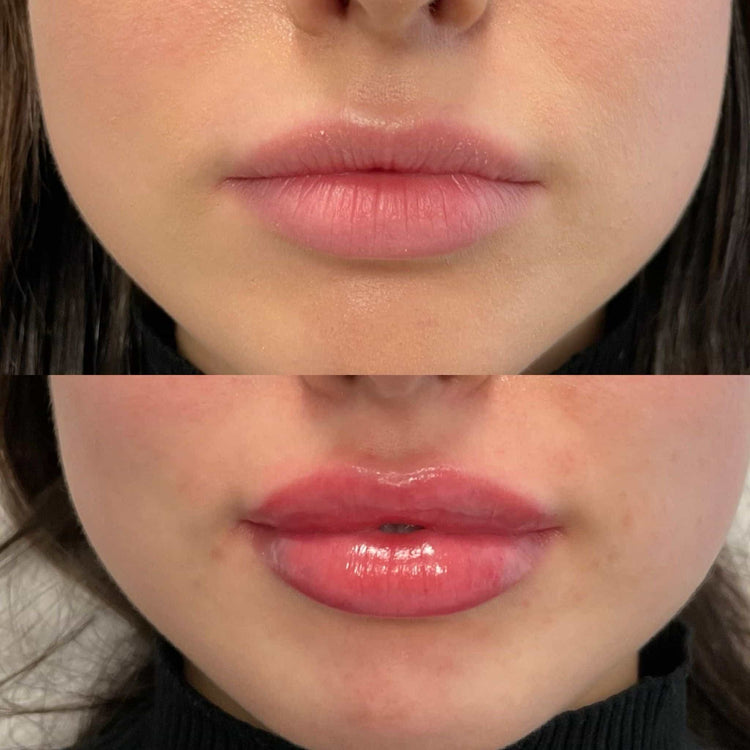
- Individual pain tolerance varies greatly.
- Some individuals may experience only minor discomfort, while others may find the treatment more painful.
- The area being treated can also influence pain levels. For example, areas with thinner skin or more nerve endings, such as the lips, tend to be more sensitive.
Injection Technique and Anesthetic Use
Pain levels during dermal filler treatments are generally mild to moderate. Most patients describe the sensation as a pinching or stinging feeling.
There are several factors that can influence the level of pain experienced during treatment.
Individual pain tolerance varies greatly. Some individuals may experience only minor discomfort, while others may find the treatment more painful.
The area being treated can also influence pain levels. For example, areas with thinner skin or more nerve endings, such as the lips, tend to be more sensitive.
The injection technique used by the practitioner also plays a role in minimizing discomfort.
Experienced practitioners use specialized needles and techniques to make injections as comfortable as possible.
Anesthetic creams or gels can be applied to the treatment area prior to the procedure to further reduce pain and sensitivity.
Managing Discomfort
Considering dermal fillers but worried about discomfort? You’re not alone. Many people wonder about the pain involved in these popular treatments.
Topical Numbing Creams
Dermal fillers are a minimally invasive cosmetic treatment that can smooth wrinkles, add volume to facial features, and enhance your overall appearance.
While the idea of needles might seem intimidating, the actual pain experienced during dermal filler treatments is generally mild to moderate.
Most people describe the sensation as a pinching or stinging feeling, similar to a mosquito bite.
- Individual pain tolerance varies greatly.
- Some individuals may experience only minor discomfort, while others may find the treatment more painful.
- The area being treated can also influence pain levels. For example, areas with thinner skin or more nerve endings, such as the lips, tend to be more sensitive.
Thankfully, there are several strategies used by practitioners to minimize discomfort during the procedure.
Experienced injectors use specialized needles and techniques that aim to make injections as comfortable as possible. Anesthetic creams or gels can also be applied to the treatment area prior to the procedure to numb the skin and reduce sensitivity.
If you have specific concerns about pain, be sure to discuss them openly with your practitioner. They can help assess your individual needs and recommend options to ensure a more comfortable experience.
Ice Packs
Ice packs are commonly used to manage discomfort associated with procedures like dermal filler injections.
Applying ice packs for 15-20 minutes at a time, several times a day, can help reduce swelling and inflammation.
Remember to wrap the ice pack in a towel or cloth to prevent direct skin contact, which could lead to frostbite.
Over-the-Counter Painkillers
Managing discomfort after dermal filler treatments is important for ensuring a comfortable recovery experience.
- Over-the-counter painkillers like ibuprofen or acetaminophen can be effective in managing mild to moderate pain or discomfort.
- It’s essential to follow the recommended dosage instructions and consult with your doctor if you have any concerns about medication use.
Potential Side Effects and Aftercare
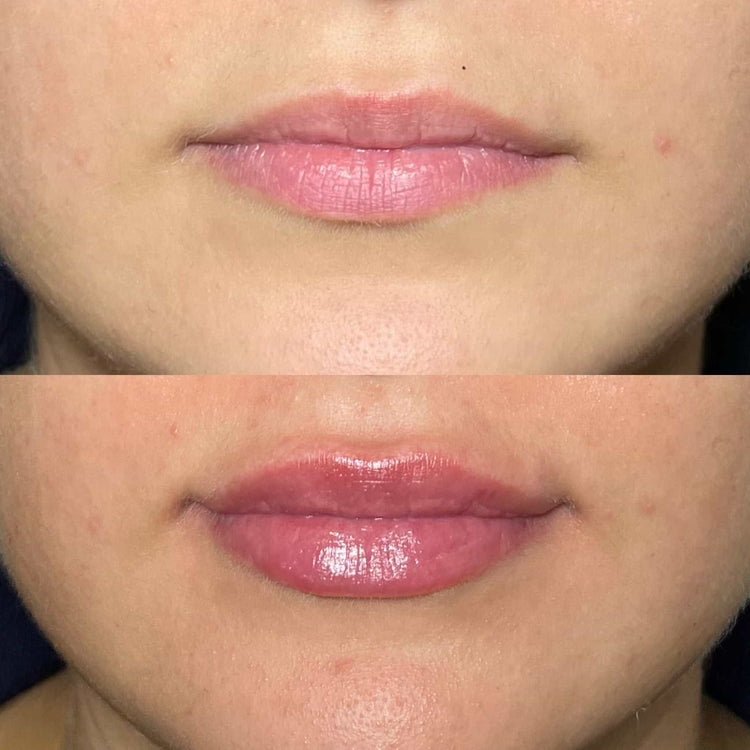
Aftercare is crucial for optimal results and minimizing potential side effects.
Your practitioner will provide specific post-treatment instructions tailored to your needs. Generally, it’s important to avoid touching or rubbing the treated area, as this can cause irritation or bruising.
Applying ice packs can help reduce swelling and discomfort.
You may also be advised to limit strenuous activities and avoid exposure to extreme temperatures for a few days following the treatment.
Bruising and Swelling
Bruising and swelling are common side effects of dermal filler injections. They typically appear within a day or two after the procedure and usually resolve within 7-14 days.
The extent of bruising and swelling can vary depending on factors such as individual sensitivity, the area treated, and the type of filler used.
To minimize these side effects, it’s important to follow your practitioner’s aftercare instructions carefully.
These may include applying ice packs, avoiding strenuous activity, and protecting the treated area from direct sunlight.
Redness
Redness is a common side effect of dermal filler injections and typically resolves within a few days to a week. It occurs as a result of inflammation caused by the injection process.
To minimize redness, it’s important to follow your practitioner’s aftercare instructions carefully. These may include applying ice packs, avoiding excessive sun exposure, and using gentle skincare products.
Numbness
Numbness is a common side effect of dermal filler injections. It typically occurs at the injection site and can last for several hours or even days. The numbness is caused by the filler temporarily disrupting nerve function.
Most cases of numbness are temporary and resolve on their own within a few days.
However, if you experience persistent numbness or other unusual symptoms after your treatment, it’s important to contact your practitioner immediately.
Avoid touching or rubbing the treated area as this can worsen any swelling or bruising.
Apply ice packs for 15-20 minutes at a time, several times a day, to reduce inflammation.
Over-the-counter pain relievers like ibuprofen or acetaminophen can help manage discomfort if needed.
Avoid strenuous activities and excessive sun exposure for a few days after the procedure.
Infection Risk
Potential side effects of dermal fillers are generally mild and temporary. These may include bruising, swelling, redness, tenderness, and itching at the injection site. Most side effects resolve within a week or two.
It’s important to follow your practitioner’s aftercare instructions carefully to minimize any potential complications. This usually includes avoiding touching or rubbing the treated area, applying ice packs, and protecting the area from excessive sun exposure.
Infection risk is generally low with dermal fillers when administered by a qualified professional who uses sterile techniques. However, it’s always important to maintain good hygiene practices and watch for signs of infection such as increased redness, swelling, warmth, pain, or discharge.
If you experience any concerning symptoms after treatment, contact your practitioner immediately.
Book your appointment for wrinkle reduction and facial volume restoration at It’s Me & You Clinic
- How Gaslighting Can Damage Your Sense Of Self And Trust In Others - September 24, 2025
- Gummy Smile Treatment – Gum Contouring Near Claygate, Surrey - September 23, 2025
- Gummy Smile Treatment – Gum Contouring Near Claygate, Surrey - September 23, 2025

